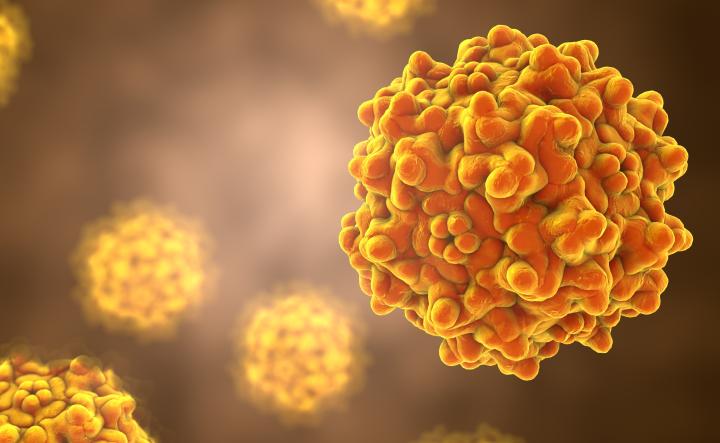2023-03-31 ミュンヘン大学(LMU)
特に、人間の土地利用の変化が野生動物から人間への病原体の感染を促進することがわかった。人間が自然に介入することが原因であるため、破壊的な生態系に生息するコウモリは、感染率が高くなることが新たな研究で示された。
この研究により、人間による森林伐採やエネルギー生産の影響が感染率に大きく影響していることが分かり、特にアメリカ東部やインドなどで監視活動が必要であることが示された。
<関連情報>
- https://www.lmu.de/en/newsroom/news-overview/news/bats-in-disrupted-ecosystems-are-more-frequently-infected-with-coronaviruses.html
- https://www.science.org/doi/10.1126/sciadv.add0688
人為的な妨害がコウモリのコロナウイルス有病率を高める Human disturbance increases coronavirus prevalence in bats
Vera M. Warmuth,Dirk Metzler and Veronica Zamora-Gutierrez
Science Advances Published:31 Mar 2023
DOI:https://doi.org/10.1126/sciadv.add0688

Abstract
Human land modification is a known driver of animal-to-human transmission of infectious agents (zoonotic spillover). Infection prevalence in the reservoir is a key predictor of spillover, but landscape-level associations between the intensity of land modification and infection rates in wildlife remain largely untested. Bat-borne coronaviruses have caused three major disease outbreaks in humans: severe acute respiratory syndrome (SARS), Middle East respiratory syndrome, and coronavirus disease 2019 (COVID-19). We statistically link high-resolution land modification data with bat coronavirus surveillance records and show that coronavirus prevalence significantly increases with the intensity of human impact across all climates and levels of background biodiversity. The most significant contributors to the overall human impact are agriculture, deforestation, and mining. Regions of high predicted bat coronavirus prevalence coincide with global disease hotspots, suggesting that infection prevalence in wildlife may be an important factor underlying links between human land modification and zoonotic disease emergence.


